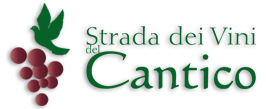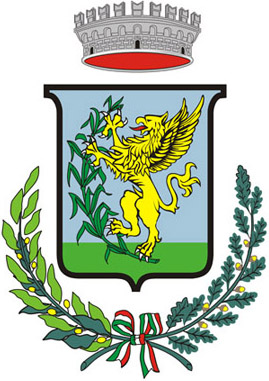Comune di Cannara
Description:
The city of Cannara rises to the center of the Umbra Valley and it is lain down on the left of the Topino river, to the confluence of the Timia torrent, to altitude of approximately 191 meters on the sea. The council territory is enclosed between Assisi, Spello, Bevagna, Gualdo Cattaneo and Bettona. Cannara is far 20 Km from Perugia. The first takeovers of this territory, initially swampy, go back to year Thousands, when the Count, Valerio Ranieri, is settled down with to other noble of Perugia, finding a fertile territory and naturally defended from two water course. To the time of Saint Francisco (between XII and XIII century.) Cannara is already a castle with its walls, the palace of the court and a lot of churches. In the 1291 common small, burdened from the pressure of the near and powerful Assisi, it is submitted to Perugia, from which it receives in gift the coat of arms of the “Grifo rampante” and so Cannara tied history to Perugia for much part of the Middle Ages. In the 1424 Braccio Fortebraccio from Montone gave the lordship of Cannara to Malatesta Baglioni, than its descendants, without interruptions, hold this lordship until 1648, when the small country returned to being integrated in the State of the Church without more princely intermediaries.
Are most important the manifestations like: the “Infiorata” in June, the Feast of the Onion inserted in the September of Cannara, the Feast of the Wine to Collemancio. On the hill we find the medieval centre of Collemancio, where there is the only archaeological area Umbra Valley: Urvinum Hortense (cited from Plinio Vecchio and Strabone).
This zone is interested from some campaigns of diggings that have carried to the light some finds, visibles near the Antiquarium, and the famous Mosaic of the thermal baths.
In the territory of Cannara is possible to characterize meaningful testimonies of the presence of S. Francisco d'Assisi: Preaching to the birds in Piandarca, the Sacred Tugurio and the institution of the Third Franciscan order. Is possible to visit other churches like S. Biagio of the XIII century in Roman style, S. Giovanni Batiste of the XV-XVI century to the whose inside finds a table of Niccolò di Liberatore named the “Alunno” and the Sacred Stimmate where it is possible to see Crucifix of XV century used the Saint Friday for the Procession of the Dead Christ.
Map:
Enlarged view of the map / Road directions
How to find us:
Comune di Cannara
- Address: Piazza Umberto I, 3 - 06033 - Cannara (PG)
- Phone: +39 0742 731811
- Fax: +39 0742 731824
- E-mail: segreteria@comune.cannara.pg.it
- Web Site: www.comune.cannara.pg.it
- We speak:
-
More Information:





.jpg)
.jpg)
.jpg)
.jpg)


















